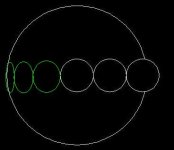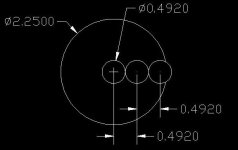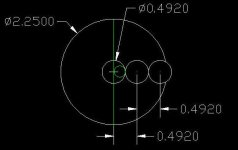I see your point and the illustration is great. Looking at it its amazing the
we are able to do so much uwanted movement to the OB via throw with such small increments in tip placements.
We all know it but this reinforces the importance of having a straight stroke.
What do you think might be a better aid (language) in giving cuetip placements?
we are able to do so much uwanted movement to the OB via throw with such small increments in tip placements.
We all know it but this reinforces the importance of having a straight stroke.
What do you think might be a better aid (language) in giving cuetip placements?


